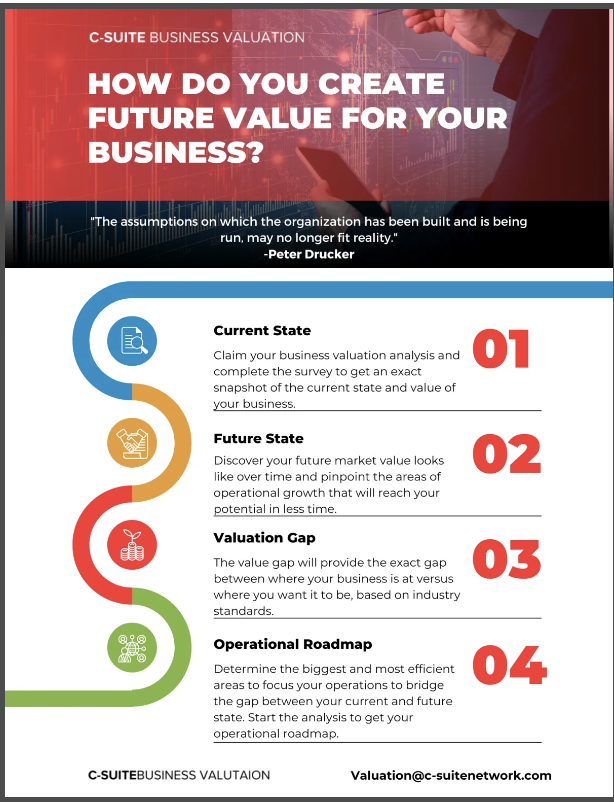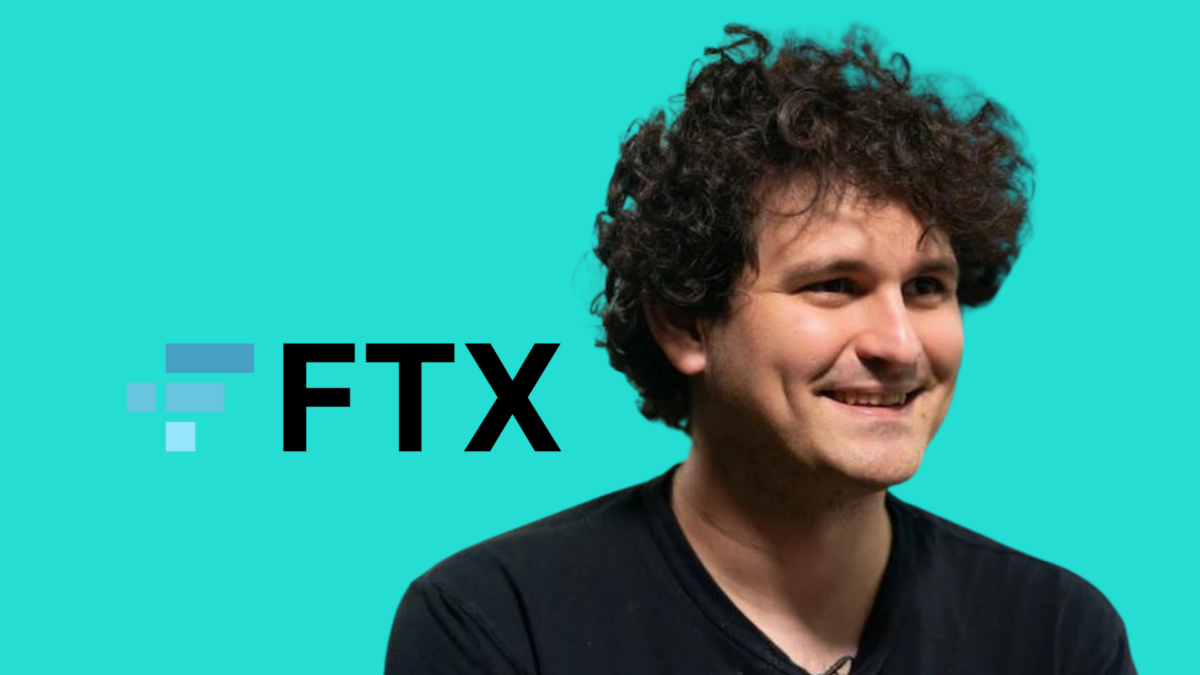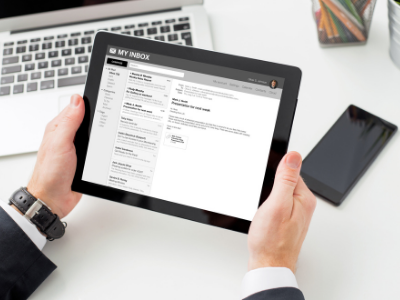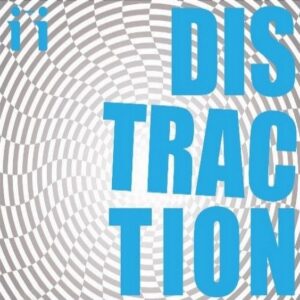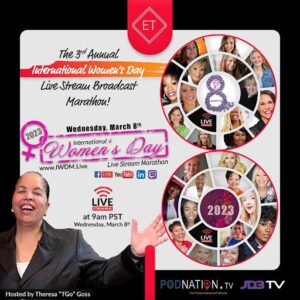-6662396aaab6a-1200x675.jpg)
Buckle up, folks! The Future of Blockchain is Here to Shake Up Your World
Imagine a world where every transaction is secure, transparent, and instantaneous. There are no middlemen, no delays, and no room for corruption. Sounds like a utopia, right? Welcome to the future of blockchain – a technological revolution set to rewrite the rules of business, finance, and beyond. But here’s the kicker: it’s not just for the tech geeks or Silicon Valley elites. This wave is coming for everyone; you might be swept away if you’re not ready.
Blockchain isn’t just the buzzword of the decade – it’s a tsunami of change and about to crash into every industry you can think of. From manufacturing to healthcare and finance to entertainment, blockchain’s decentralized ledger technology promises to overhaul how we conduct business and interact with the digital world. It’s the dawn of a new era, and whether you’re the CEO of a mid-sized manufacturing company in San Francisco or running a startup out of your garage, you need to understand what’s coming.
But before you jump on the blockchain bandwagon, let’s get real. There are myths to bust, controversies to confront, and much hype to cut through. In this article, we’ll dive into the core of blockchain technology, explore its transformative potential, and, of course, throw in a bit of the bold and controversial take you’ve come to expect from RAMS By Baz. Ready to future-proof your business and stay ahead of the curve? Let’s dive in.
The Myth of Blockchain
Alright, let’s cut through the crap and get to the heart of the matter. Blockchain is the buzzword on everyone’s lips, the magic bullet that will solve all humanity’s problems. Or is it? Let’s debunk some of the most persistent myths about blockchain success and see what’s happening under the hood.
Myth #1: Blockchain Is Just for Bitcoin and Cryptocurrencies
First, let’s tackle the big one. Everyone seems to think blockchain is synonymous with Bitcoin. Wrong. Blockchain is the underlying technology that powers cryptocurrencies, but it’s so much more than that. Imagine if we thought the internet was just for email—we’d be stuck in the digital Stone Age. Blockchain’s potential stretches beyond digital currencies, impacting everything from supply chain management to voting systems. It’s like saying electricity is only useful for light bulbs. Get real.
Myth #2: Blockchain Is Infallible
Another laughable myth is that blockchain is some flawless, unhackable fortress. The truth is that while blockchain does offer enhanced security features thanks to its decentralized nature, it’s not invincible.
Remember the DAO hack of 2016? Yeah, that’s when $50 million worth of Ethereum vanished into the digital ether due to vulnerabilities in the code. So, let’s not put blockchain on an untouchable pedestal. It’s a powerful tool but only as strong as the systems we build around it.
Myth #3: Blockchain Will Make You Rich Overnight
This one’s a classic. People hear “blockchain,” and their eyes light up with dollar signs, thinking it’s a get-rich-quick scheme. Hate to break it to you, but slapping the word “blockchain” on your project doesn’t guarantee success or sky-high valuations. The blockchain bubble can burst just like any other. Remember the dot-com bubble? Exactly. Blockchain has immense potential but is not a ticket to instant wealth. It requires understanding, investment, and, let’s face it, a bit of luck.
Myth #4: Blockchain Is Only for Tech Geeks
Oh, the elitism. Many believe blockchain is this exclusive club for tech-savvy individuals who speak in code and wear hoodies. Newsflash: blockchain is for everyone. You don’t need a PhD in computer science to understand its benefits and implement its solutions. Companies across various industries already leverage blockchain to streamline processes, improve transparency, and reduce costs. So, drop the gatekeeping act and recognize that blockchain can democratize access to technology and innovation.
Myth #5: Blockchain Will Replace All Existing Systems
And finally, the mother of all myths: blockchain will replace every existing system we have. Not so fast. While blockchain offers incredible benefits, it’s not a one-size-fits-all solution. Some systems don’t need blockchain’s level of transparency and decentralization. Plus, integrating blockchain into existing infrastructures can be complex and costly. It’s not about replacement but enhancement and finding the right applications where blockchain can truly add value.
So, there you have it. Blockchain isn’t a silver bullet or a magical fix-all. It’s a powerful, transformative technology that requires careful consideration, strategic implementation, and a healthy dose of skepticism. Stay tuned as we dive deeper into how you can harness the real power of blockchain, cut through the hype, and future-proof your business for the digital revolution.
RAMS Framework Overview
Alright, you savvy leaders and tech enthusiasts, it’s time to unveil the RAMS Framework – the secret sauce to mastering blockchain and transforming your business from the inside out. The RAMS framework is about Results, Attitude, Mastery, and Systems. It’s not just a catchy acronym; it’s a powerful approach designed to help you navigate the blockchain waters and come out on top. Let’s break it down.
Results: Drive the Outcome, Not the Hype
Here’s the deal: blockchain is full of promise, but without a focus on tangible results, it’s just another tech fad. The RAMS framework starts with a laser focus on outcomes. Ask yourself, what do you want to achieve with blockchain? Improved transparency? Enhanced security? Streamlined operations? Set clear, measurable goals and keep your eyes on the prize. Forget the hype and chase the results that matter. Remember, it’s not about being trendy; it’s about being effective.
Attitude: Mind State Over Mindset
Let’s talk about attitude – or, as I like to call it, your mind state. Embracing blockchain requires a shift in how you think about technology and innovation. It’s about being open to change, willing to experiment, and ready to tackle the challenges head-on. It’s about cultivating a growth-oriented Mind State that sees opportunities where others see obstacles.
Humor helps, too. Remember, if you can’t laugh at the inevitable blockchain hiccups, you’re in for a rough ride.
Mastery: Skills and Knowledge are Power
Knowledge isn’t just power – it’s your ticket to blockchain mastery. But don’t worry, you don’t need to become a coding wizard overnight. The RAMS framework emphasizes practical learning and real-world application. Dive into the basics of blockchain technology, understand its potential, and get hands-on experience with implementation. Whether it’s through courses, workshops, or good old trial and error, aim to master the skills that will give you an edge. Because in blockchain, knowing your stuff is half the battle.
Systems: Integrate and Innovate
Finally, we come to Systems. Blockchain isn’t a standalone miracle; it works best when integrated into existing processes and systems. Think of it as the turbocharger for your business engine. Identify where blockchain can add the most value – supply chain management, financial transactions, or data security – and seamlessly incorporate it into your operations. Innovation doesn’t mean reinventing the wheel; sometimes, it’s about supercharging the wheels you already have.
Bringing It All Together
The RAMS framework is your blueprint for blockchain success. It focuses on results, adopting the right attitude, mastering essential skills, and integrating innovative systems. It’s a holistic approach designed to help you survive and thrive in the blockchain era. And hey, if you can do it with a smile and a sense of humor, all the better.
So, are you ready to embrace the RAMS framework and revolutionize your business? Let’s keep going and see how real-life success stories can inspire your journey. Stay tuned!
Real-Life Success Stories
Alright, it’s time to get real. Let’s dive into some success stories that showcase the transformative power of the RAMS framework in action. These aren’t just tales of tech triumph; they’re narratives of real people and businesses who’ve harnessed the power of blockchain and RAMS to achieve remarkable results. Grab your popcorn.
- Transforming Supply Chains: The Tale of Smith Manufacturing
Meet Jane Smith, the dynamic CEO of Smith Manufacturing, a mid-sized company specializing in high-quality consumer goods. Jane was drowning in inefficiencies and supply chain nightmares. Enter the RAMS framework.
Results: By focusing on enhancing supply chain transparency, Jane’s team implemented blockchain to track every step of their product journey, from raw materials to retail shelves.
Attitude: Jane embraced a growth-oriented Mind State, rallying her team around the potential of blockchain to revolutionize their operations.
Mastery: Through hands-on workshops and expert consultations, the team quickly gained the necessary skills to leverage blockchain technology.
Systems: They integrated blockchain into their existing ERP system, allowing seamless data flow and real-time updates.
The result? A 30% reduction in supply chain costs, improved product quality, and a newfound trust among suppliers and customers. Jane’s story is a testament to how the RAMS framework can turn chaotic systems into streamlined, efficient operations.
- Financial Services Revolution: Blockchain Meets Banking
Next up is Mike Reynolds, the forward-thinking CFO of a regional bank struggling with outdated processes and security concerns. Mike knew blockchain was the future but had no clue where to start. That’s where RAMS came in.
Results: Mike set clear goals: enhance security, speed up transactions, and reduce operational costs. Blockchain was the perfect fit.
Attitude: Adopting a proactive Mind State, Mike encouraged his team to see beyond traditional banking methods and embrace blockchain’s possibilities.
Mastery: The bank’s IT team mastered blockchain technology through intensive training sessions, focusing on smart contracts and secure transaction ledgers.
Systems: Blockchain was seamlessly integrated into the bank’s infrastructure, transforming how they handled transactions and customer data.
The outcome?
A 50% reduction in transaction times, drastically lowered fraud rates, and operational costs cut by 20%. Mike’s bank didn’t just survive the digital revolution; it thrived, setting new standards in financial services.
- Health Care Innovation: Healing with Blockchain
Then there’s Dr. Susan Lee, the visionary director of a healthcare network. Susan faced massive challenges with patient data security and inter-hospital coordination. With the RAMS framework, she turned these obstacles into opportunities.
Results: Using blockchain, Susan aimed to secure patient data and improve care coordination across multiple facilities.
Attitude: Embracing an innovative Mind State, she motivated her team to explore how blockchain could enhance patient care.
Mastery: Her team gained a deep understanding of blockchain’s applications in healthcare through dedicated learning modules and expert-led sessions.
Systems: They integrated blockchain with their electronic health record system, ensuring secure and efficient data sharing.
The impact was profound: improved patient outcomes, reduced administrative costs, and enhanced data security. Susan’s network became a modern healthcare model, demonstrating blockchain’s potential to revolutionize patient care.
- Retail Renaissance: Bringing Blockchain to the Storefront
Finally, let’s talk about Alex Johnson, the savvy entrepreneur behind a successful retail chain. Alex was keen on improving customer loyalty and product authenticity, and the RAMS framework provided the perfect roadmap.
Results: Alex’s goal was clear: boost customer trust and loyalty through transparent product sourcing and authenticity verification using blockchain.
Attitude: By fostering a positive Mind State, Alex inspired his team to think creatively about blockchain’s potential applications in retail.
Mastery: Through targeted training and pilot projects, his team became proficient in blockchain technology, focusing on transparency and traceability.
Systems: They integrated blockchain into their supply chain and customer loyalty programs, creating a seamless and transparent shopping experience.
The result? Increased customer trust, higher sales, and a more substantial brand reputation. Alex’s chain saw a 40% increase in customer loyalty, proving blockchain can be a game-changer in retail.
Actionable Steps for Embracing the Future of Blockchain
Alright, enough of the theory and success stories – let’s get down to brass tacks. If you’re ready to ride the blockchain wave, here are seven actionable steps to get you started on this transformative journey. Whether you’re a seasoned CEO or a budding entrepreneur, these steps will set you on the right path.
- Assess Your Business Needs
Start by evaluating where blockchain can add the most value to your business.
Is it in enhancing supply chain transparency?
Improving data security?
Streamlining financial transactions?
Conduct a thorough assessment to identify the areas most benefit from blockchain integration. Remember, not every problem needs a blockchain solution—focus on the areas where it can make a real difference.
- Educate Yourself and Your Team
Knowledge is power, and in the world of blockchain, it’s your biggest asset. Invest in training and education for yourself and your team. Attend blockchain workshops, webinars, and conferences. Enroll in online courses to get a solid understanding of how blockchain works and its potential applications. The more you know, the better equipped you’ll be to make informed decisions.
- Start Small with Pilot Projects
Don’t dive headfirst into a full-scale blockchain implementation. Instead, start with pilot projects to test the waters. Choose a small, manageable project that allows you to experiment with blockchain technology without significant risk. Monitor the results closely, and use the insights gained to refine your approach before scaling up.
- Collaborate with Experts and Innovators
You don’t have to go it alone. Collaborate with blockchain experts, consultants, and innovators who can guide you. Join industry forums and networking groups to connect with other professionals exploring blockchain. Learn from their experiences, share your own, and build a support network.
- Integrate Blockchain with Existing Systems
Blockchain works best when it complements and enhances your existing systems. Identify how blockchain can integrate seamlessly with your current infrastructure. Whether it’s your ERP system, CRM, or supply chain management software, look for ways to incorporate blockchain to improve efficiency and transparency. This integration will maximize the benefits without disrupting your operations.
- Focus on Security and Compliance
Blockchain offers enhanced security features, but it’s not a magic bullet. Ensure that your blockchain solutions adhere to industry standards and regulations. Implement robust security protocols to protect your data and transactions. Stay informed about the legal and regulatory landscape surrounding blockchain to avoid any compliance issues down the line.
- Monitor, Evaluate, and Adapt
Blockchain technology is evolving rapidly, and so should your approach. Continuously monitor the performance of your blockchain projects. Evaluate the outcomes against your initial goals and make adjustments as needed. Stay flexible and be ready to adapt to new developments and advancements in blockchain technology. This ongoing evaluation will help you stay ahead of the curve and leverage blockchain’s full potential.
Conclusion
The future of blockchain is not just a tech trend; it’s a transformative force set to revolutionize industries across the board. We’ve debunked the myths, highlighted the successes, and laid a clear path for harnessing this powerful technology. Blockchain is more than a buzzword – it’s an opportunity to innovate, streamline, and future-proof your business.
You can unlock blockchain’s full potential by focusing on results, adopting the right Mind State, mastering essential skills, and integrating innovative systems. The RAMS framework provides a roadmap for navigating this complex landscape, ensuring you’re keeping up with the times and leading the charge.
But remember, this journey doesn’t end here. It’s just the beginning. The real power of blockchain lies in its ability to evolve and adapt, and so should your approach. Stay informed, flexible, and ready to pivot and innovate.
Your Adventure Begins Now
Are you ready to dive deeper and transform your business with blockchain? Don’t navigate this journey alone.
Join me on The Adventure Call, where we’ll explore tailored strategies, innovative solutions, and actionable insights designed to elevate your business to new heights.
This isn’t just another consultation – it’s a call to adventure, a chance to revolutionize your approach and achieve unparalleled success. Click the link below to schedule your call and take the first step towards mastering the future of blockchain with RAMS Coaching:
Schedule Your Call with Baz for R.A.M.S Coaching Insights
Let’s make your blockchain journey legendary. See you on the other side!


